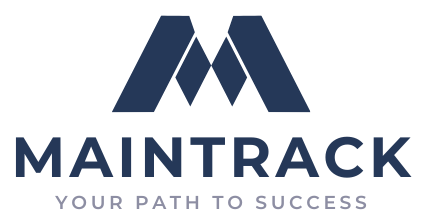Client Overview
A mid-sized healthcare provider with multiple clinics and a growing patient base faced operational inefficiencies, data management challenges, and outdated patient engagement systems. To improve service delivery, enhance patient experience, and streamline operations, the firm embarked on a digital transformation journey.
Challenges
- Outdated Patient Record System – Reliance on paper-based records and disconnected digital systems led to inefficiencies and data loss risks.
- Limited Telemedicine Capabilities – The clinic lacked virtual consultation options, limiting patient access to healthcare services.
- Inefficient Appointment Scheduling – Manual booking processes resulted in long wait times and scheduling conflicts.
- Compliance & Data Security Concerns – Ensuring HIPAA and other regulatory compliance while managing sensitive patient data.
- Fragmented Communication – Lack of integration between doctors, nurses, and administrative staff affected coordination and care quality.
Digital Transformation Strategy
To address these challenges, the healthcare firm implemented the following technology-driven solutions:
1. Electronic Health Record (EHR) System Implementation
- Transitioned from paper-based records to a cloud-based EHR system.
- Allowed secure and real-time access to patient data across all clinics.
2. Telemedicine & Virtual Care Integration
- Launched a telemedicine platform to enable remote consultations.
- Integrated online prescription services for seamless patient care.
3. AI-Driven Appointment Scheduling
- Implemented an AI-powered scheduling system to optimize patient appointment management.
- Reduced patient wait times and minimized scheduling conflicts.
4. Enhanced Data Security & Compliance
- Adopted encryption and multi-factor authentication to ensure HIPAA compliance.
- Implemented secure cloud storage for patient records and medical history.
5. Automated Patient Engagement & Communication
- Introduced automated reminders for appointments, medication, and follow-ups via SMS and email.
- Launched a patient portal for online appointment booking, medical history access, and virtual consultations.
Results & Impact
✔ 30% Reduction in Administrative Workload – Automation reduced manual record-keeping efforts.
✔ 20% Increase in Patient Satisfaction – Faster appointment scheduling and telemedicine options improved accessibility.
✔ Enhanced Compliance & Security – Improved data protection and adherence to healthcare regulations.
✔ 50% Improvement in Coordination – Integrated communication streamlined operations between staff and physicians.
✔ Revenue Growth – Expanded telemedicine services led to a 25% increase in patient reach and revenue.
Conclusion
By leveraging digital transformation, the healthcare firm modernized its operations, improved patient care, and achieved long-term efficiency gains. This case study highlights the importance of technology in optimizing healthcare services, enhancing patient experiences, and ensuring regulatory compliance in an increasingly digital world.




